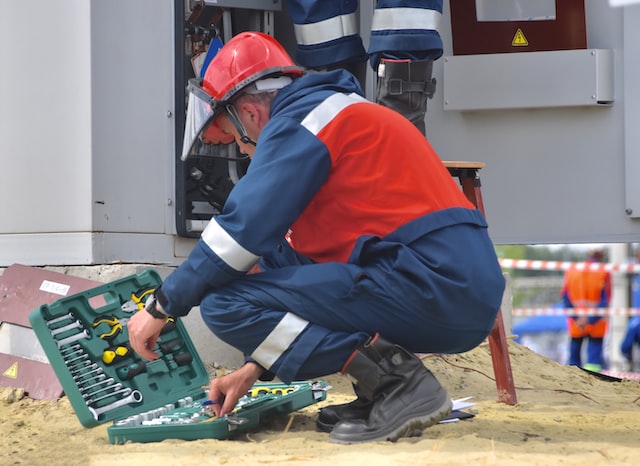
Ergonomics Regulations: Is Your Workplace Compliant?
There’s no denying that the working landscape in South Africa has changed in recent years. From being workplace based, then being locked down at home for months, only to be asked to return to the workplace once again. Ergonomics is an often-overlooked side of occupational health and safety, as the impact of bad ergonomics is largely felt in the long term. In this article we define ergonomics, discuss four major dangers of poor occupational ergonomics, and unpack the relatively recent South African Ergonomics Regulations.
What is ergonomics?
Workplace ergonomics involves designing and arranging workplaces, working equipment, and work tools to fit the needs of the workers. This includes considering the physical and cognitive abilities of the workers, as well as their comfort and safety while on the job.
The main goal of ergonomics is to reduce the risk of injury and strain at work, and to increase productivity and overall well-being of all workers. This is achieved by, among others, adjusting the layout of the workplace, providing appropriate equipment and tools, and training employees on proper posture and body mechanics.
Workplace ergonomics also includes designing workstations, equipment, and tools in a way that reduces the risk of repetitive motion injuries, and providing appropriate workplace lighting, air quality, and temperature.
The dangers of poor workplace ergonomics
Chronic fatigue
Poor ergonomic design in workplaces can lead to physical and mental fatigue, which can affect the productivity and overall well-being of workers.
Musculoskeletal disorders
Bad ergonomics at work can lead to repetitive strain injuries, such as carpal tunnel syndrome, tendonitis, and back pain.
Reduced productivity
Inadequate ergonomics at work can slow down the pace of work and increase the likelihood of workers making mistakes and workplace accidents.
Increased absenteeism
Poor ergonomics can even lead to employee dissatisfaction and increased absenteeism, and can also contribute to high turnover rates for the company.
Unpacking the Ergonomics Regulations
The South African Ergonomics Regulations of 2019 is a set of regulations put in place by the Department of Employment and Labour to ensure that workplaces meet certain ergonomic standards.
The regulations outline specific requirements for employers to identify and assess ergonomic hazards in workplaces, and to implement measures to control and mitigate those hazards.
This can include providing appropriate workplace equipment and tools, training employees on proper posture and body mechanics, and implementing regular ergonomic workplace assessments.
The Ergonomics Regulations also require employers to establish an ergonomics program and to appoint a person responsible for its implementation and maintenance. The regulations apply to all employers and employees in South Africa, regardless of the size or type of the organization.
Arrange workplace ergonomic risk assessments in Africa
Apex Environmental is able to undertake an ergonomic risk assessment according to the requirements of the Ergonomics Regulations, 2019, Regulation 6, as framed under the Occupational Health and Safety Act of 1993.
This assessment identifies the main biomechanical risks associated with each workplace task, who might be exposed to this risk, how they are being exposed and the amount of time they are exposed for.
Apex Environmental will submit recommendations aimed to reduce the physical demands of the tasks and consequently reduce the risk of injury.
Work tasks will be ergonomically screened by Apex Environmental using one of these workplace ergonomic risk assessment models:
- Cube Model, developed by (Kadefors, 1993), recognised by the International Labour Organisation.
- American Conference of Governmental Industrial Hygienists, Threshold Limit Values (ACGIH-TLVs) for Lifting, 2011.
Contact Apex Environmental today to arrange workplace ergonomic risk assessments in Africa.








